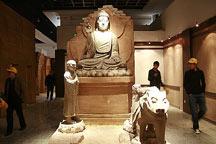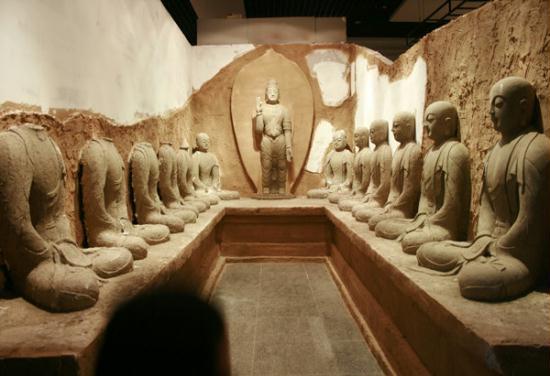Watch Video

 Play Video
Play Video
Archeologists are hard at work in a historical town there, busy preserving some important cultural relics. Beiting is more commonly known as the "worn-out town" among locals. We look now at what has been done to change that since the site joined a UNESCO world heritage application last year.
A two-hour drive from Xinjiang’s capital city of Urumqi, Beiting ancient town in Jimsar County is a heavenly place for archeologists and adventurous backpackers alike.
Back in the 8th century, Beiting was first established as a military epicenter by the central government, offering protection for Chinese and western merchants on the "silk road", the essential trade route of Asia. But by the 15th century, most of town was left in ruins by war.
Li Gongren, Researcher of Cultural Bureau, Jimsar County, said, "This main street is about 6-hundred meters long. Judging by the width and the number of building foundations, we’re confident that it was a commercial street. So it was a pretty prosperous region."
 |
| Back in the 8th century, Beiting was first established as a military epicenter by the central government, offering protection for Chinese and western merchants on the "silk road", the essential trade route of Asia. |
In 2013, Beiting was included in the UNESCO world heritage application of the Silk Road. The renovation and preservation work has been taken to a new level since then, to better protect the cultural relics, especially those in the West Buddha Temple. It includes China’s only buddha statues that cross their feet, as well as several mural paintings.
Zhang Ding, Head Technician, Cultural Bureau, Jimsar County, said, "We have reinstalled the windows. Double-layer windows are better for air circulation in the room, and reduce indoor humidity. This could be crucial for keeping murals from being tainted by weather conditions."
The Dunhuang Academy has been invited to give the preservation work an even stronger boost - the Academy has received global acclaim for their work in recent years, particularly for the murals in the Mogao Grottoes of Gansu Province.
Wu Ming, Technician of Dunhuang Academy, said, "We are not rebuilding anything. We want to keep the relics the way they are and have been in the past, and find a way to keep them with us longer."
Meanwhile, the intensive renovation work of the ancient city walls is also in progress. The tourist route is also on the map, aiming to open up the ancient town for more visitors from around the world.
No comments:
Post a Comment